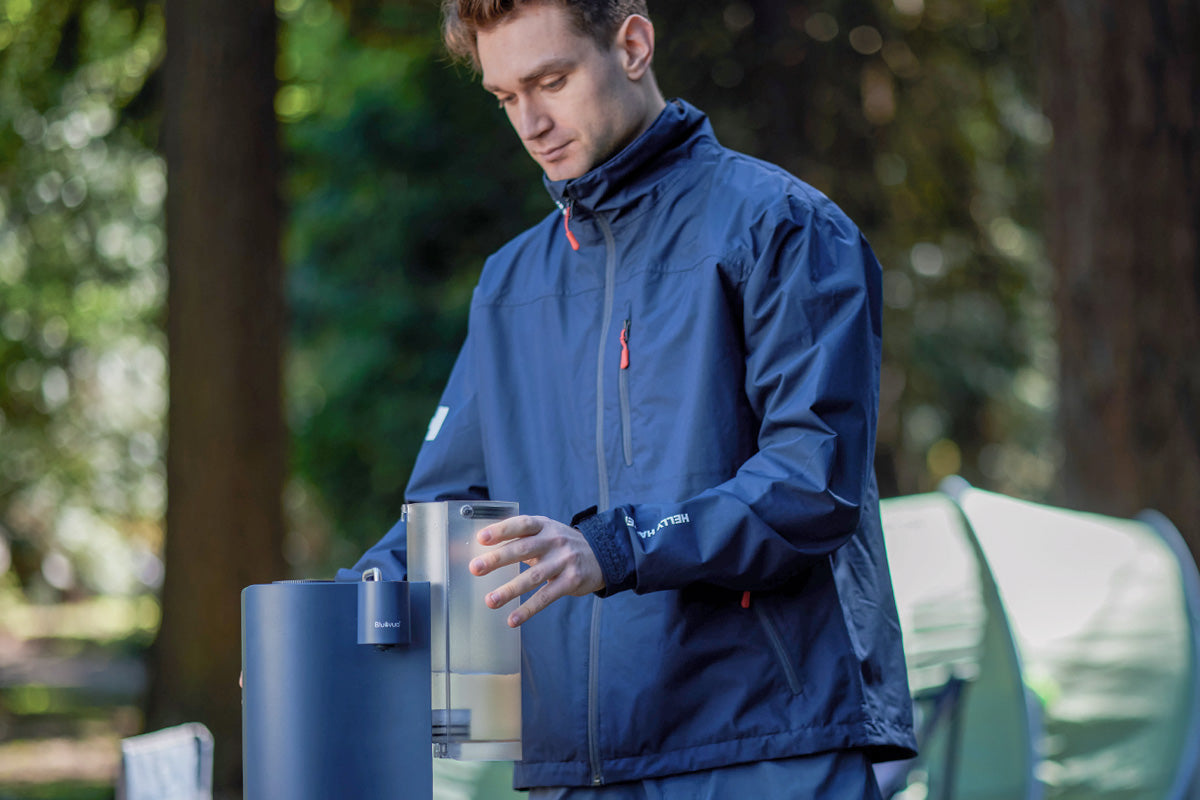Q: What contaminants does Bluevua Remove?
A: Bluevua filters are designed to effectively remove numerous harmful contaminants from water, ensuring it is clean and safe for consumption. Key contaminants that Bluevua can remove include:
Pesticides: Pesticides can leach into groundwater or run off into rivers and lakes, leading to contamination of water sources.
Lead (Pb) and Arsenic (As): Toxic heavy metals that can pose health risks.
Color and Turbidity: Improving the visual clarity and appearance of water.
Fluoride: Often added to municipal water supplies.
Dissociated Chlorine: Commonly used as a disinfectant in water treatment.
PFOA and PFOS: Chemicals associated with manufacturing processes that can accumulate in the body over time.
Bacteria and Viruses: Ensuring the water is microbiologically safe to drink.
Microplastics: Tiny plastic particles that may be present in tap and bottled water.
......
Please refer to the Third-Party Test Reports for more removed contaminants details.
Q: What's the pH level of water filtered through reverse?
A: When water(H2O) reacts with carbon dioxide (CO2). it forms carbonic acid (H2CO3). The purer the water is, the more CO2 it can absorb, making it more acidic. So, the water from Bluevua Reverse Osmosis Systems might start off at a neutral pH of 7 but can drop to around 6.2 after filtration. To address this, Bluevua has introduced a remineralization filter in ROPOT and ROPOT-Lite to restore minerals and raise pH for balanced alkalinity.
Q: What's TDS creep?
A: TDS creep occurs when an RO system sits idle and there is no active pressure being applied to the raw water side of the membrane, the salt (tiny natural sodium particles which are non-threatening substances) can creep into the treated side of the membrane and lead to a higher TDS. TDS creep usually occurs when the filter has sat overnight, and can also occur when the system is left unused for more than an hour.
TDS creep is normal and common to all water systems using an RO membrane. However, it usually only affects the first filtration cycle. In order to deal with TDS creep, we'd suggest either re-filter the first quarter/half pitcher of water to get rid of the salt, or simply discard this water. The subsequent filtration should yield a decreased TDS reading.
Q: Can I filter well water through my Bluevua?
A: Bluevua water purifier can definitely handle well water and hard water. As the key filtration component on all Bluevua RO water systems, the Reverse Osmosis (RO) flat sheet membranes feature extremely small pore sizes of 0.0001 Micrometers, these small pores ensure that any contaminants larger than this size will be effectively blocked and flushed out during the RO filtration. Only the smaller but non-threatening components like sodium and calcium may have more chances to pass through due to their smaller charges.
However, if the water hardness of the well water you use is extremely hard (more than 800 mg/L or 800 ppm), it is highly recommended to have the raw water processed by a water softener system first before using it on the RO system to help relieve the burden of the filters and the appliance.
Q: Do I need a water softner when using my Bluevua?
A: If the raw water you use is very hard (more than 800 mg/L, which is above the advised TDS level set by EPA), prior to utilizing the raw water for reverse-osmosis filtration, it's essential to employ a water softener to eliminate excessive mineral deposits. This will help extend the service life and maintenance intervals of the system.



